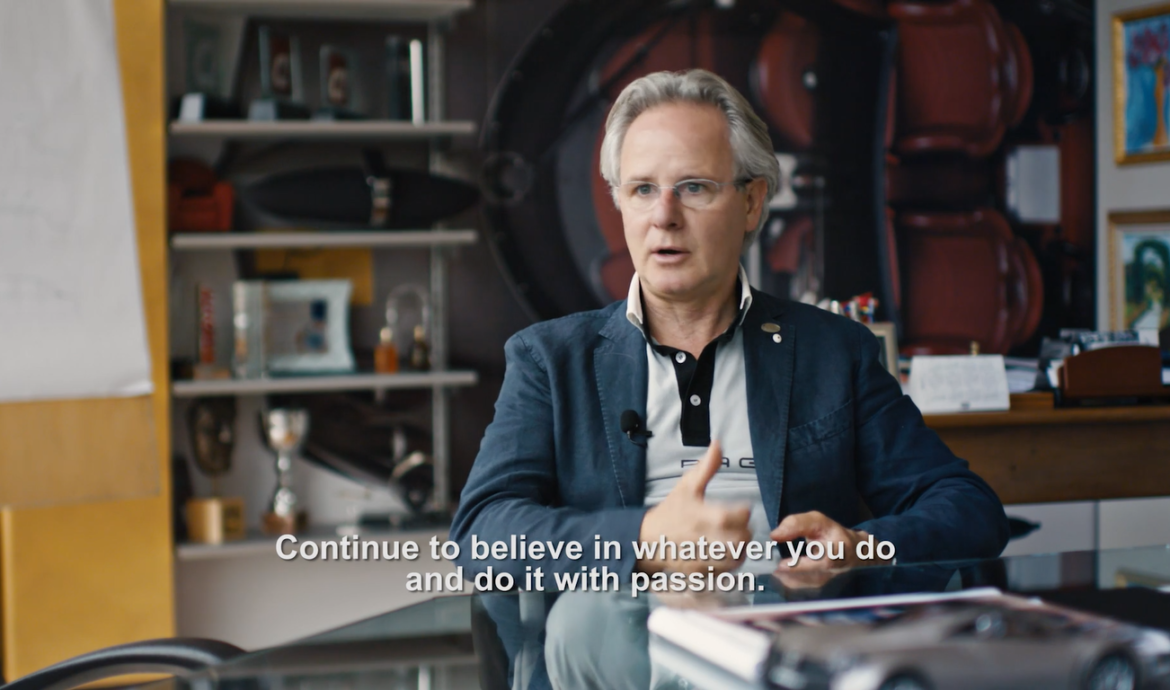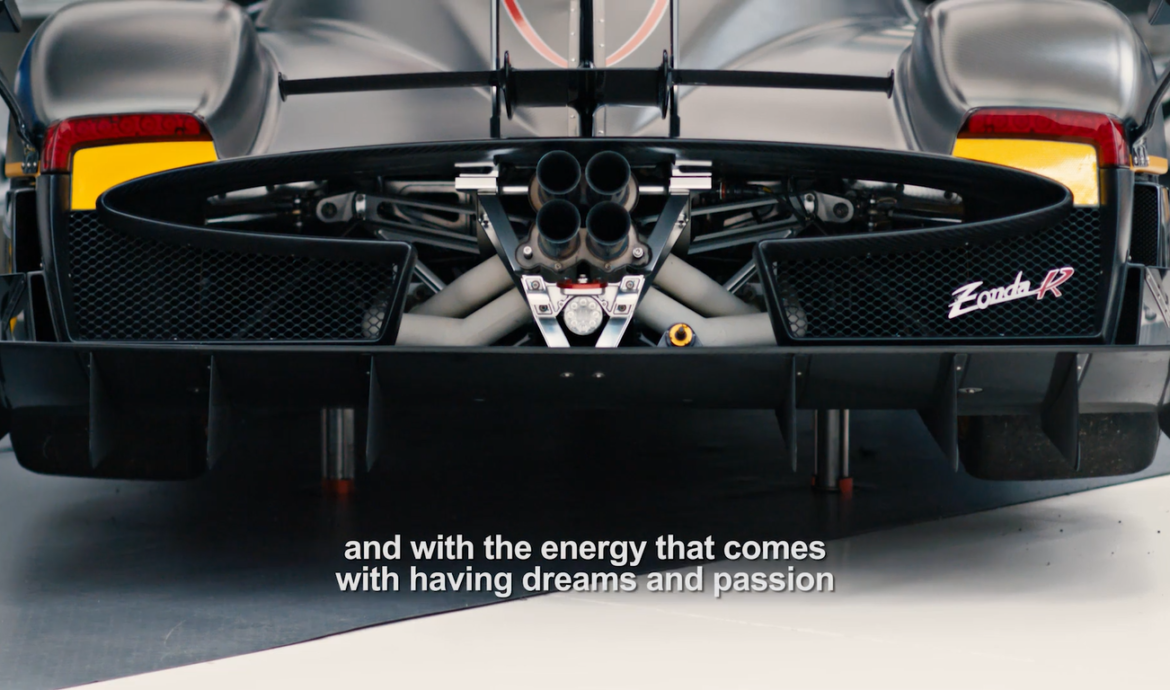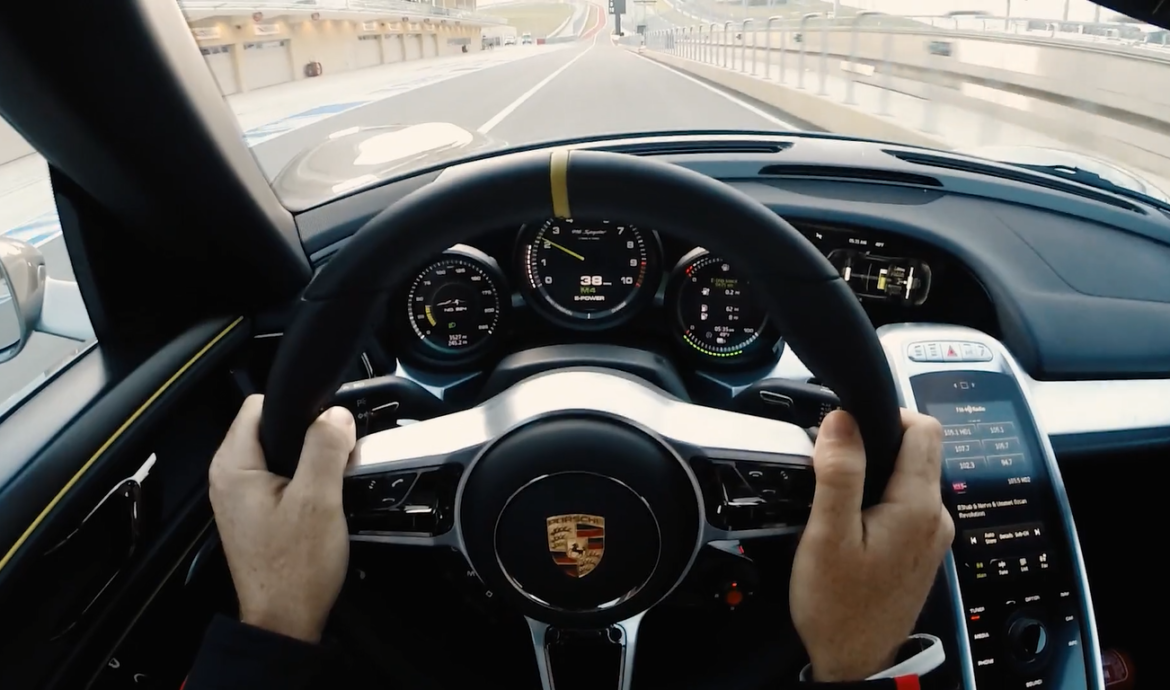There’s a mythical tier of cars that most people only dream of hearing about, let alone actually seeing one. These cars are so expensive, new tires alone cost more than most of the cars that fiscally responsible adults look for. These mythical cars transcend even the supercars of today do and breed the DNA for what will eventually trickle down to supercars in years later. These cars are in a class of their own; Hypercars.

A Hypercar is one of those things that doesn’t have a clear definition, but you can’t deny it when you see one. You just know what a Hypercar is. If I put a Ferrari 488 GTB, a Viper ACR, a Lamborghini Aventador, and a McLaren P1 in a room, everyone can tell which one is the outlier in that group, which one stands out in its own class. Which one is a moving piece of art with its own personality that must be tamed?
If a Hypercar is piece of art, then it’s only right that, we explain the world of hypercars, with a form of art. That’s exactly what the team behind the film Apex: The Story of the Hypercar did, they created a film that goes behind the scenes, and showcases just what really goes into making a hypercar, and examines just what really makes them unique and one of a kind.
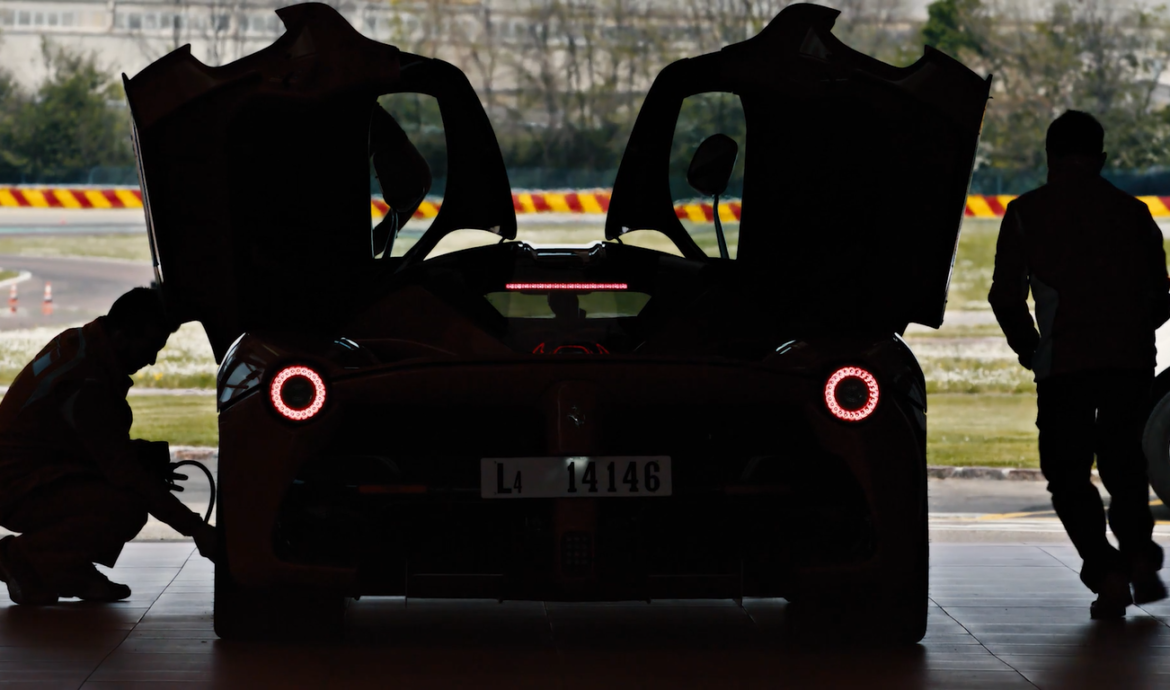
Car films have been done before, but what makes Apex different is its approach to the car film. Its style focuses on each car as an exhibit in a museum that should be respected. If you’ve seen the /Drive video’s on youtube, you’ll be familiar with the cinematography style present in Apex. The major difference is that, much like the hypercars you learn about in the film, it’s polished, then refined, glitzed up, and ultimately taken to the next level. Interesting typefaces, brilliantly timed fades, slow-motion drifts, emotional narration, all help to add a certain level of polish to Apex.
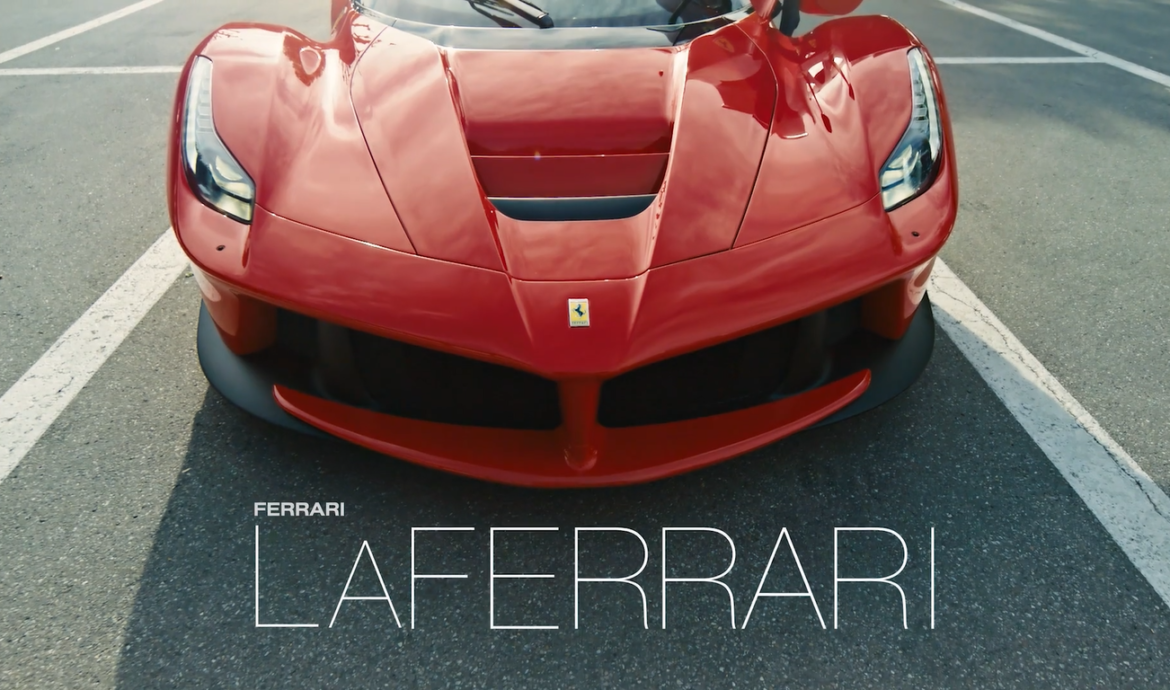
Apex approaches telling the story of the Hypercar using six craftsmen that push the envelope of automotive engineering. The film examines Bugatti, Ferrari, Koenigsegg, McLaren, Pagani, and Porsche, in their journey of creating a hypercar. They go into the factories, speak with the designers, show the cars being test driven and go beyond the numbers to understand just what the characteristics of each of these cars is, and where they came from. While talking with each of the six designers, the film puts an exclusive focus on Koenigsegg, who we will respectfully call “the ‘egg” for the rest of the article. During the filming of the documentary “the ‘egg” is on the verge of making the One:1. Just the name One:1 alone lets you know the car is meant to be something special. The One:1 is a car with a magical ratio of power and weight; 1,360 kgs paired with 1,360 horsepower. To take on the task of making a car that has that much power is a marvel, not to mention getting it down to that weight.

Not only does the movie feature the cars, it also features the opinions of many respected journalists. Chris Harris, Mike Spinelli, Dan Niel, Travis Okuluski, Alex Roy, and many others lend their respected opinions to the film. It’s interesting to hear these guys speak on these cars, they speak about them with reverence much the same way Photographers speak about Hasselblad, or audiophiles treat Sennheiser, or hipsters flock to Banksy’s artwork. They understand the significance of these cars, and want to really relay that message to the viewer; The message that these are meant to be respected, and held to the highest hallowed standard.
The cinematography creates a sense of awe and spectacle. The Director of Photography and cinematographer (William Barber) does an incredible job of taking your breath away each time you see these cars. You can feel the difference in how each car is unique The P1’s scenes are shot almost entirely at night. The camera moves in slow, long, sweeping pans. They focus on the dark details, the carbon fiber, the blinking LED lights, the Spoiler rising slowly and in an almost wicked way out of the car (think the alien baby in Ridley Scott’s thriller Alien). The P1 is made to seem almost sinister and alienlike. Its presence is menacing. The music is futuristic and unsettling, (think Freestyle 4 from Kanye West latest album) but once the car gets to driving it becomes like this wicked Han Zimmer soundtrack. This is quite the difference from the Bugatti Veyron. The music used there is very light and bubbly. It has a very luxurious sound. (think the Opera house) The camera shots are very fast, seemingly to fit the theme of speed that the Veyron seems to capture. When the vehicle is sitting still, they chose to use slow pans and rapid jump-cuts to accentuate the finer details of the car, then rapidly jump to another detail on the car. When the car is moving is when things really get exciting. In typical //drive Fashion, there is a lot of smoke from slo-mo drifting, or in car POV driving shots, but this time around, they also managed to use wide angle breathtaking scenery shots to showcase where the car actually is driving, as well as smooth narration.
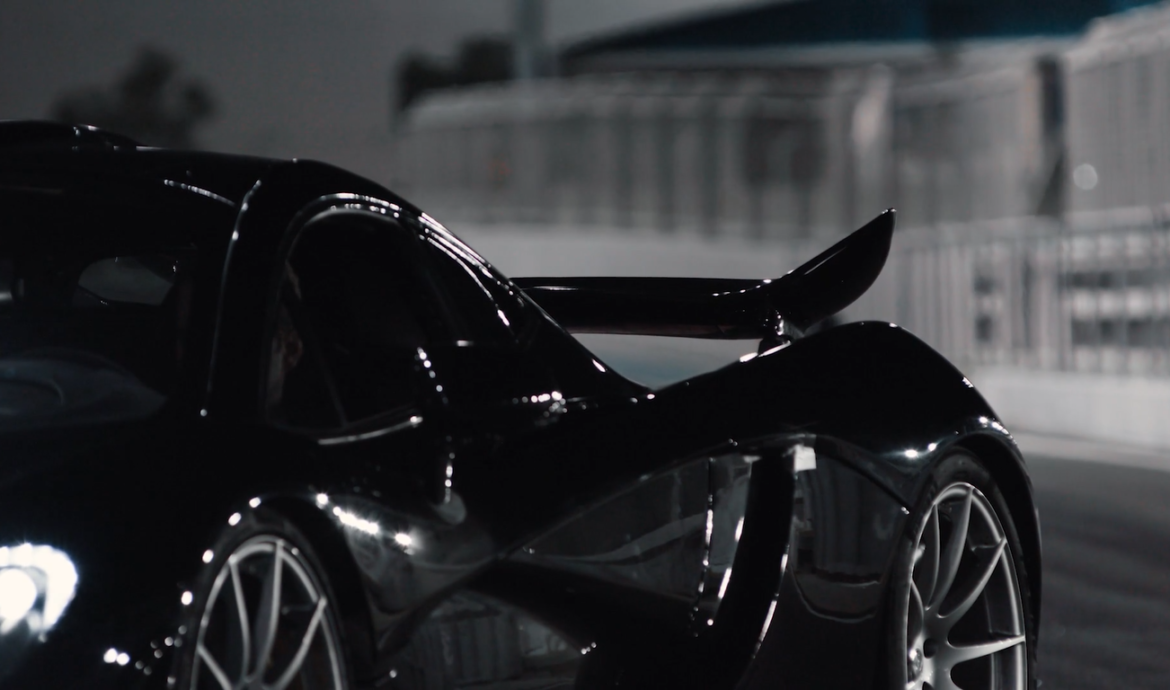
Just as the vehicles have totally different personalities, the Makers of these cars (or visionaries as some might call them) are enigmatic figures all their own. Christian Von Koenigsegg is a dreaming engineer first and foremost. He is an inventor or a tinkerer. He has bold things to say in the film such as, “what am I doing for humanity? first, off I’m living my dream and showing it’s possible. second, the tech we develop that trickles down.” Always thinking forward, his personality radiates through. He is the thinker of all of the stuff in the factory and expects everyone to execute their tasks to bring it to fruition. When he goes to the Geneva Auto Convention, he observes the cars just as you and I would. Christian comes across genuinely as a car guy living his dream.
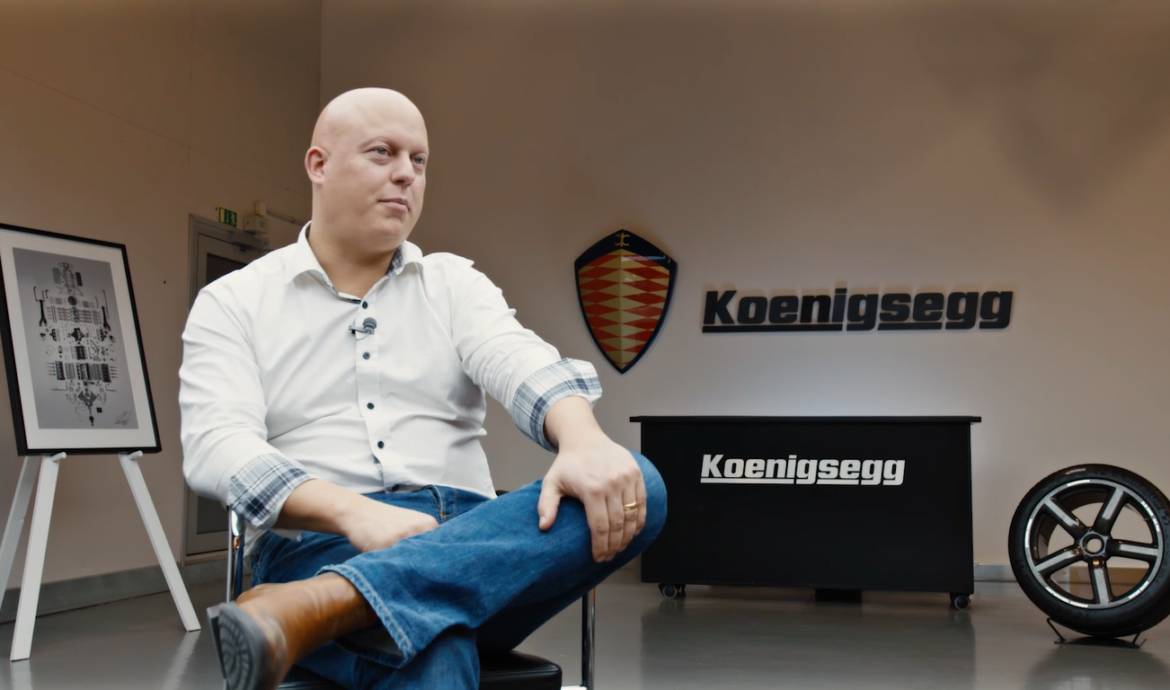
Ron Dennis over at McLaren is very straightforward, but passionate and success-driven in his approach. When asked about the p1 in comparison to its competition he says, “our target for the p1 is to produce the best driver’s car”, and in regards to the “holy trinity, “each car is better because of competition”
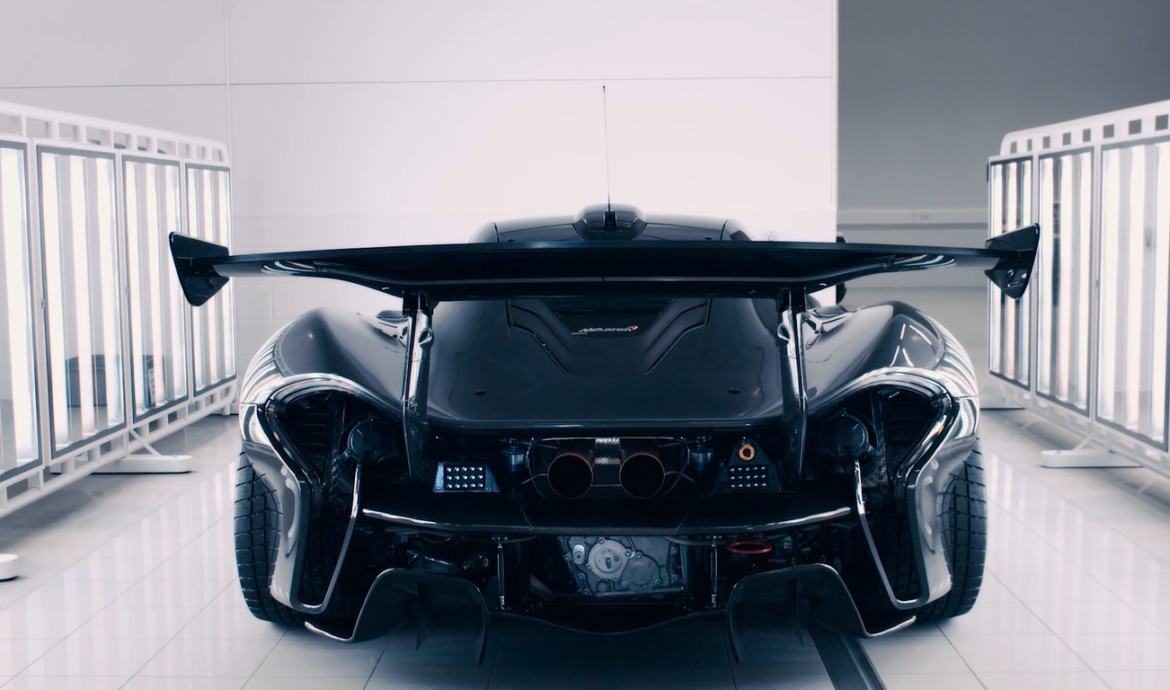
Perhaps the most interesting and enigmatic figure is Horacio Pagani; the Argentinian-Italian, who speaks Spanish and Italian. Pagani understands English, but chooses not to speak it. Horacio Approaches his work much as an artist does. He says things like, “I’m curious by nature, I draw inspiration from everything.” For him, he looks at the automobile as a work of “art” but doesn’t want to trivialize the word art. In his mind at Pagani, “in a small way we try to retrace the path of DaVinci where art and science meet.” He calls buying a Pagani an emotional purchase. Each of these automakers has a specific vision. They have a certain pedigree to uphold. Rather you like them personally or not, one thing is agreeable, and that’s that they’re pushing boundaries, and approaching things in a fearless manner.
The movie not only focuses on the vehicles and the people who make them, it also examines the culture around Hypercars. More specifically, it looks at The ‘ring, and the Video game series Forza.
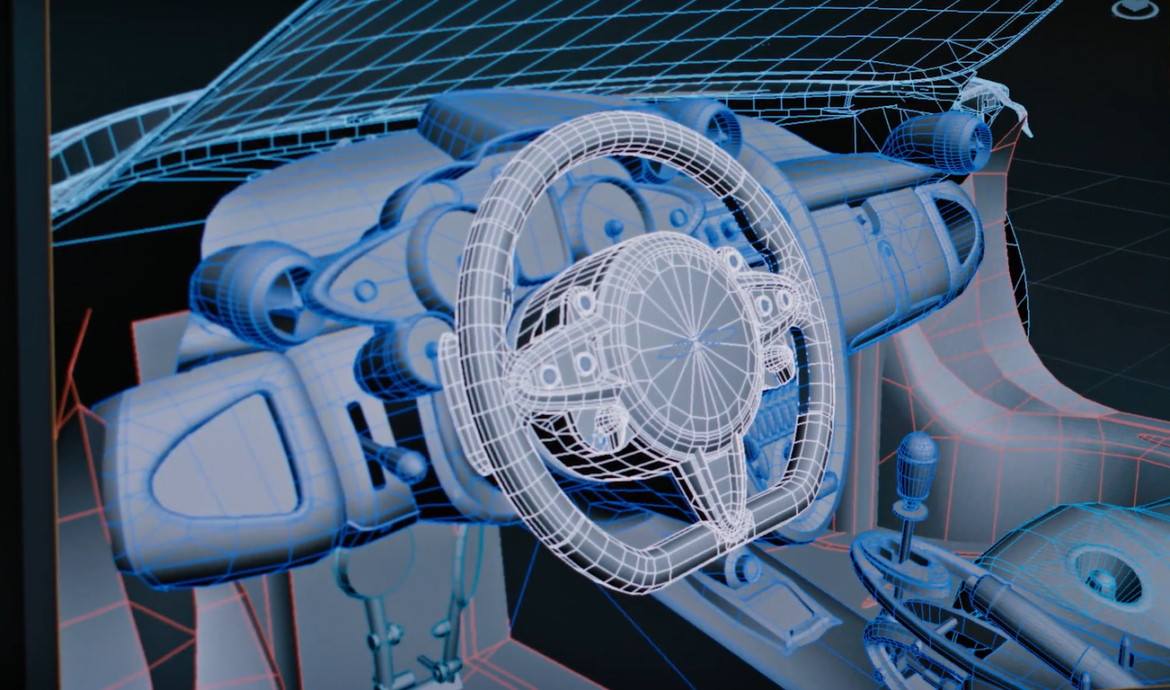
Apex is an outstanding film without many flaws. The only glaring flaws would be, that the level of access and coverage the creators had varies from company to company. So while they may get seat time in one car, they may just talk about another. There could also be a method to each cars segment. The film highlights each car, but there’s no specific order with why.
Apex is an incredible journey into a life that most people would never get to witness, The film seeks to pull viewers in. It wants you to bottle up the joy that Hypercars bring the makers and the people who drive them. As Chris Harris puts it, “these are magnetic objects…that reflect what human beings can do with the objects we drag out of the ground” It puts you in the driver’s seat of these cars, it puts you face to face with these CEO’s and designers, it puts you in the pits at a track day, or in the factory while the car is being made. The film asks various questions that either you answer right then and there, or find yourself pondering and answering later on. It opens with the pivotal question “What is a hypercar.” Finally, it ends with the question, “Is it our desire for speed that makes us human?” Apex aims to take driving and understanding Hypercars from being a spectator event for the masses and make it a participatory sport, even if only for an hour and a half.


